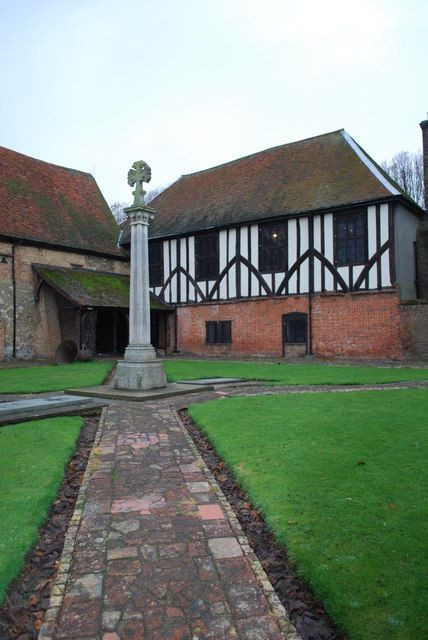Medieval Coffin Damaged As Museum Visitors Ignore Barrier For A Photo

Museum visitors damaged an ancient coffin when they reached over a barrier to place a child inside for a photo.
The BBC reported that while putting the child inside, the group knocked over the 800-year-old stone coffin from its stand, sending a crack straight through it. Although the incident was caught on surveillance footage on Aug. 4, the people responsible did not report what had happened.
Claire Reed, a conservator at the Prittlewell Priory Museum in Southend-on-Sea who will repair the coffin, called her staff “shocked and upset,” according to the BBC.
The sandstone coffin was found at the priory — a type of monastery — in 1921 and had a skeleton inside, possibly of a high-ranking monk. The ancient artifact has been on display since that decade, even though it was already broken into three pieces.
It was behind a plastic barrier at the museum.
“Staff heard a thump and that was the first indication something had happened,” Reed told the BBC.
“It was one of those isolated, terrible incidents. It’s a very important artifact and historically unique to us as we don’t have much archaeology from the priory.”
The damage can be repaired, although it will be costly work — and then the coffin will be cut off from direct contact with visitors.
“To prevent future damage we now feel that the coffin needs to be completely enclosed and the curatorial team are assessing how this can best be done,” Southend’s executive councillor for culture Ann Holland said, according to the Southend Echo. “The area will reopen as soon possible. In the meantime we would like to remind all visitors that they should observe and respect any barriers and signs in place that are there to protect our important heritage and history.”
Reed expressed similar sentiments: “Public support for us has been incredible as this is so important to local people, but we will have to completely enclose it in the future,” she told the BBC. “You can put all the risk assessments in place but you really don’t expect people to try to get into the artifacts.”
The Priory Museum is built at the site where the priory’s remains were found and excavated. Much of the complex was demolished but experts found ruins of a church and other structures, as well as a fish pond that would have been a food source to members, according to Historic England. The Prittlewell Priory was around for 400 years. It started with a “small wooden oratory” that in 1150 was replaced by a stone church. Starting in 1180, the complex grew, adding a dormitory, refectory and other buildings.
The priory is a remembrance of an era when monasteries were bountiful in England, both in large towns and in isolated areas. Historic England explains that during medieval times — Europe from the 5th through the 15th centuries — more than 700 monasteries were founded.
“These ranged in size from major communities with several hundred members to tiny establishments with a handful of brethren,” the group said. “They belonged to a wide variety of different religious orders, each with its own philosophy. As a result, they vary considerably in the detail of their appearance and layout, although all possess the basic elements of church, domestic accommodation for the community, and work buildings.”
© Copyright IBTimes 2024. All rights reserved.




















